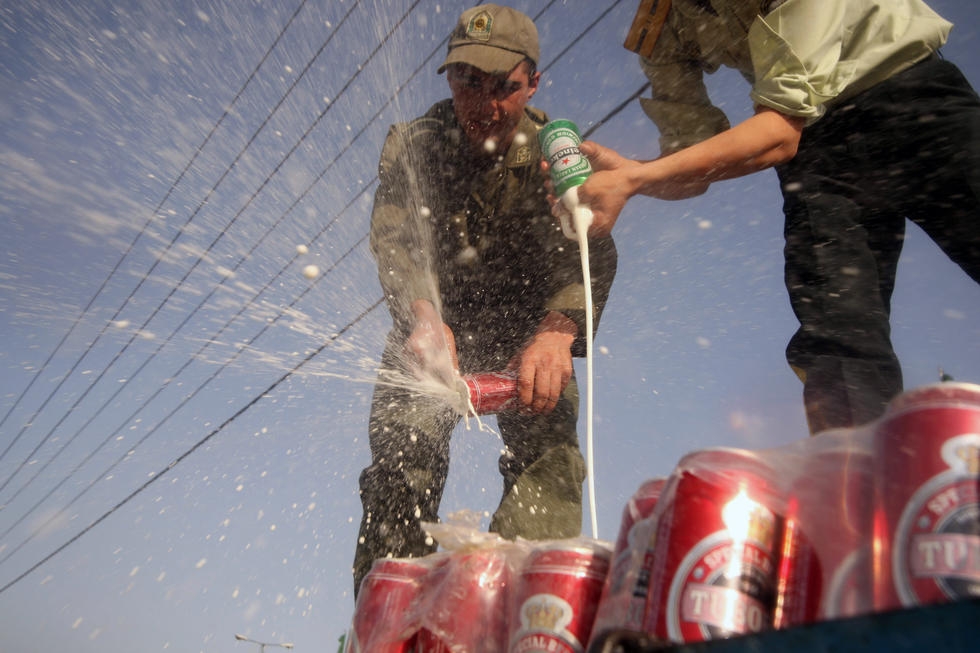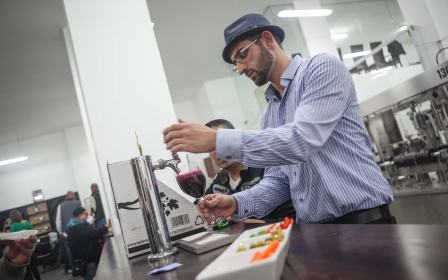Iran pledges to open 150 alcohol treatment centres by 2016

The Iranian government announced this week that it plans to open 150 alcohol treatment centres by the end of next year.
In a country that has officially banned alcohol since the 1979 Islamic revolution, and has largely refused to recognise alcoholism as a problem among some of its citizens, this step was welcomed by Iranian health officials.
Dr Alireza Norouzi, the head of the health ministry’s drug abuse department, told the ISNA news agency that the centres will provide educational courses to help people give up alcohol. Six centres will have facilities for in-patient detoxification.
Iran reportedly opened its first alcoholism centre in 2013, but with the stigma surrounding drinking and the fear of repercussions from authorities, questions were raised about whether those who needed the centre's help most would seek it.
The government inflicts heavy punishments for those who are caught buying, selling or drinking alcohol. Under Article 265 of the country's Islamic penal code, the maximum punishment for drinking is 80 lashes for an individual. Only religious minorities - the Christians, Jews and Zoroastrians - are legally allowed to make and drink their own wine.
A few years ago, roadside breath tests were introduced and now drivers caught drinking and driving face a fine worth 2 million rials ($67).
Despite the ban on alcohol and other deterrents, Iran ranks 19th in the world for alcoholics per capita, ahead of Russia (ranked 30), Germany (83), and the UK (95), according to a report by IranWire last year.
The report found that Iranians drinkers consume 35 litres or more of alcohol annually, more than three times average of those who drink in Europe.
In the absence of bars and night clubs and with home-brewed alcohol much cheaper than store bought, much of the drinking takes place at private and household parties, behind closed doors.
Mostafa Eghlima, the director of Iran’s Social Work Society, explained that alcohol is seen as a means of escape from the government and societal restrictions for some Iranians.
“Alcoholic drinks are just one type of tranquiliser,” Eghlima said. “We live in a society where there is economic pressure, social problems, and high inflation. People escape with alcohol to alleviate the pain.”
As of 2013, an estimated 200,000 Iranians are addicted to alcohol, according the Iran's National Police Chief Esmaeil Ahmadi-Moqaddam, although the figures are estimated to be much higher.
Some health ministry officials have previously complained that instead of acknowledging that alcoholism exists in the country, the government turns a blind eye resulting in minimal available statistics on alcohol consumption and addiction in the country.
“We have little information about alcohol addiction in the country,” Abbasali Nasehi, director of the Health Ministry's mental health department, said in 2012. “We have around two million [drug] addicts in the country, and some of them are also addicted to alcohol.”
New MEE newsletter: Jerusalem Dispatch
Sign up to get the latest insights and analysis on Israel-Palestine, alongside Turkey Unpacked and other MEE newsletters
Middle East Eye delivers independent and unrivalled coverage and analysis of the Middle East, North Africa and beyond. To learn more about republishing this content and the associated fees, please fill out this form. More about MEE can be found here.




